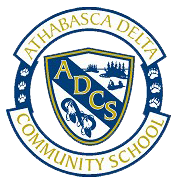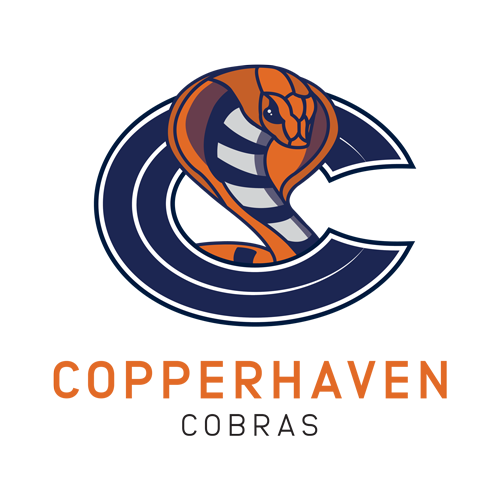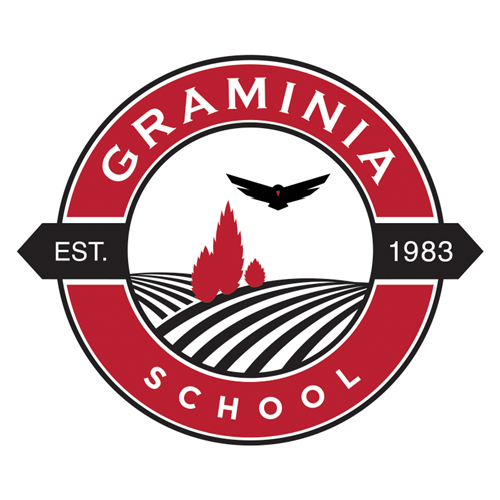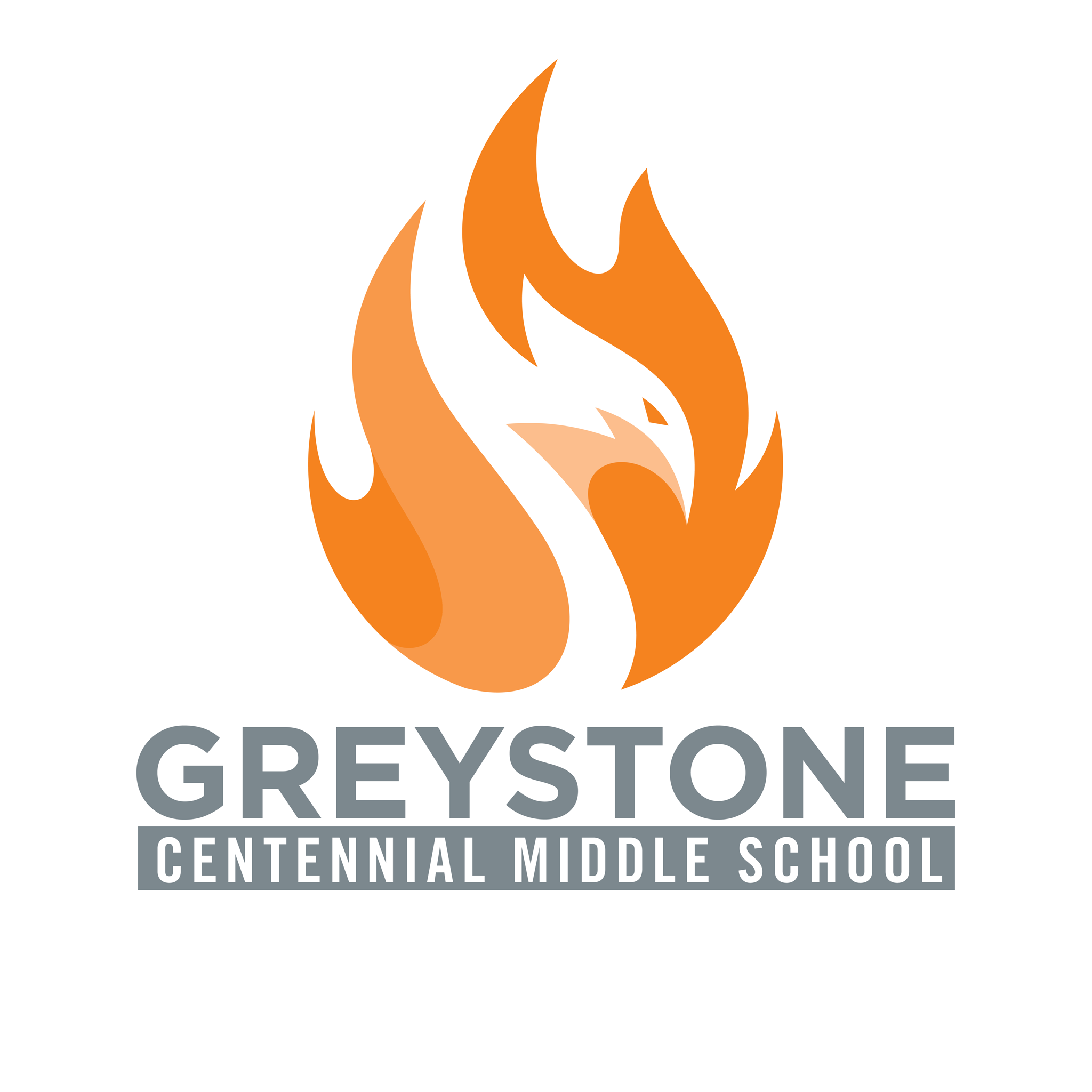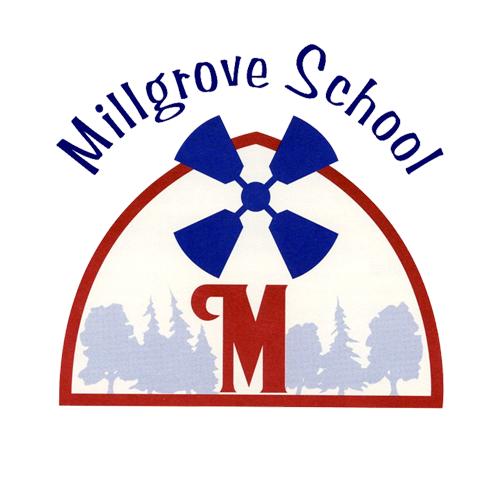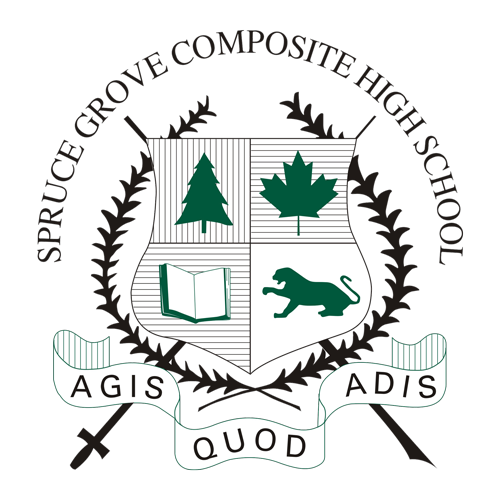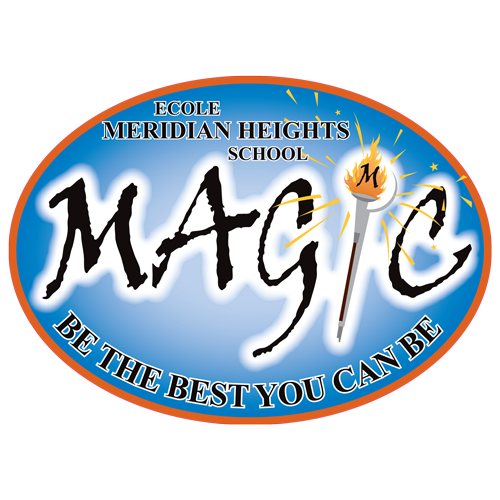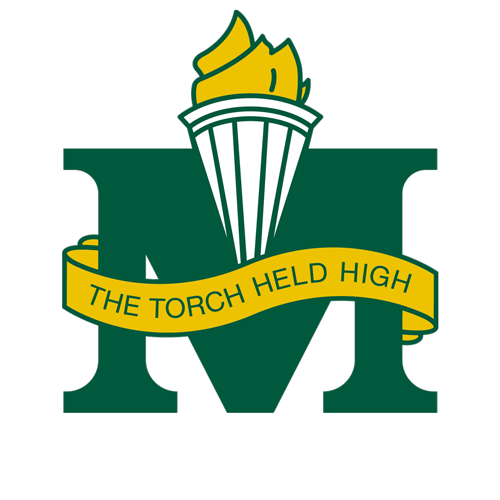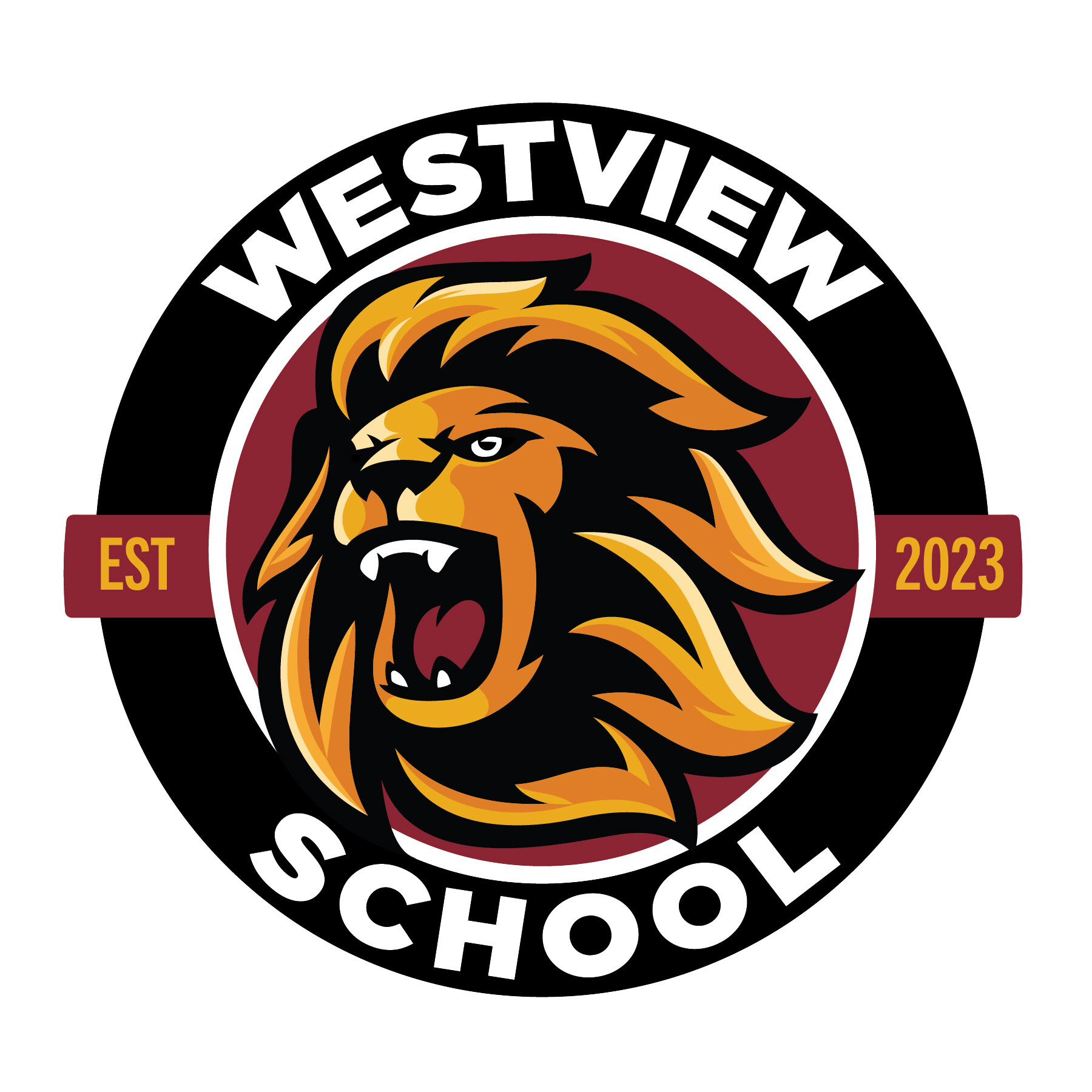AP 490: Disputes Related to Staff Matters
Personnel & Employment
Background
The Superintendent recognizes that, notwithstanding the best intentions for open, direct communication between colleagues, disputes and interpersonal conflicts may arise in the workplace. The Superintendent is committed to providing an effective, fair, and timely process for resolving such matters in a way that maintains positive working relationships, promotes a respectful workplace, and upholds professional standards.
It is in the best interest of all parties to resolve disputes as quickly and constructively as possible, using collaborative approaches and, where appropriate, the assistance of supervisors, Human Resources, or formal mediation.
This procedure establishes the Division’s process for dispute resolution concerning matters between staff members.
Dispute Resolution Principles
1. Dispute resolution begins, ideally, with direct communication between the parties most directly involved and/or impacted by the dispute.
2. All parties are expected to adhere to procedural fairness and conduct themselves in a collaborative, productive, and respectful manner throughout the process;
2.1. Staff shall conduct themselves in accordance with the Education Act, s. 32(d) and s. 197(a.1), contributing to a welcoming, caring, respectful, and safe working environment;
2.2. No person shall disrupt the operations of a school or workplace (Education Act s. 256(a)); and
2.3. No person shall engage in conduct detrimental to the safe operation of a school or workplace (Education Act s. 256(d)).
3. At all times, all parties are expected to adhere to Administrative Procedure 160: Code of Conduct, the Government of Alberta Code of Professional Conduct for Teachers and Teacher Leaders (s. 3), and any other applicable professional codes or standards governing their role or profession.
4. Where behaviour becomes inconsistent with section 2 (e.g., emotional outbursts, anger, disruptive behaviour, profanity, or abusive language), the dispute resolution process may be suspended pending supervisory review.
4.1. Any suspension of the process shall be communicated to the next supervisory level for dispute resolution;
4.2. The next supervisory level for dispute resolution may require formal conflict mediation before the process resumes; and
4.3. The need for mediation shall not, in itself, constitute grounds for appeal or escalation.
Dispute Resolution Between Staff Members
5. Disputes between staff members should first be addressed through respectful, direct discussion between the individuals concerned, with the goal of resolving the matter informally.
6. If the dispute is not able to be resolved, either party may involve their immediate supervisor.
6.1. The supervisor shall facilitate discussion, explore possible solutions, and document any agreed-upon actions or decisions; and
6.2. Where appropriate, the supervisor may recommend involvement of Human Resources or other Division personnel to support resolution.
Matters Involving Supervisors or Multiple Sites
7. Where the dispute involves a staff member and their direct supervisor, the matter may be referred to the next level of supervision or to the Director of Human Resources; specifically,
7.1. In cases involving staff from multiple sites or departments, the matter may be referred to a senior administrator designated by the Superintendent.
8. The Superintendent may delegate any individual deemed appropriate to review and, ideally, resolve the matter, including:
8.1. A subject area specialist or professional;
8.2. A Division Principal;
8.3. A Director;
8.4. A Deputy or Associate Superintendent; or
8.5. Any individual deemed suitable based on the circumstances.
Human Resources and Mediation
9. The Director of Human Resources may facilitate a formal mediation process at any stage where it is determined that such intervention would assist in resolution.
10. All parties are expected to participate in good faith and to work toward mutually acceptable solutions that support the ongoing work of the Division.
Appeal to a Supervisory Authority
11. Notwithstanding superseding collective agreement grievance procedures or statutory appeal mechanisms, the Superintendent retains the authority for final review of unresolved disputes that remain after all internal processes have been exhausted;
12. For clarity, where a matter falls under the scope of a collective agreement, the applicable grievance process shall apply and supersede this procedure.
Association or Union Mediation
13. Where a dispute involves members of a bargaining unit, the parties may, by mutual agreement, request the assistance of an Association or union-appointed mediator if such a service is available, provided that;
13.1. The use of an Association or union mediator is optional and shall only proceed where both parties agree to this approach;
13.2. Where agreed upon, the Division shall support participation in this process as a means of fostering constructive dialogue and resolution; and
13.3. The involvement of an Association or union mediator shall not preclude or replace the use of other dispute resolution mechanisms outlined in this procedure, unless otherwise required by the applicable collective agreement.

